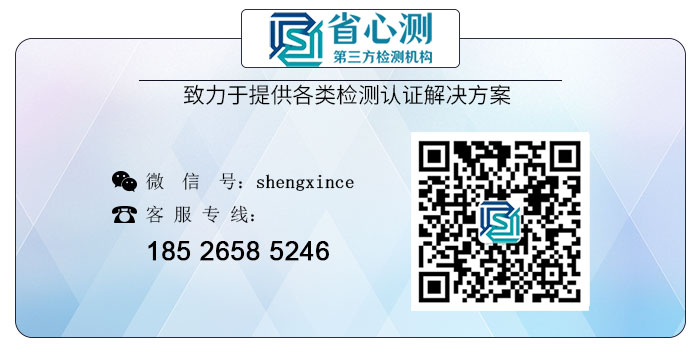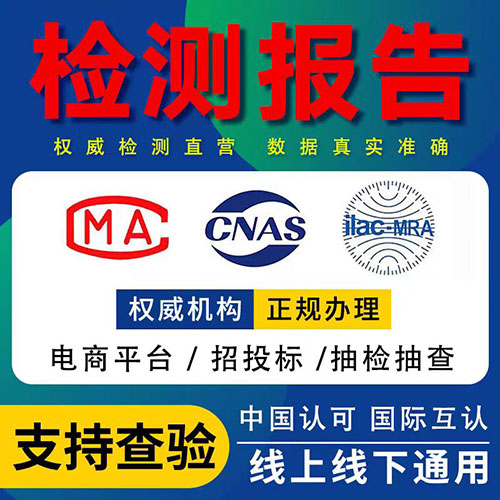rohs是什么时候发布
What is RoHS?
RoHS, short for Restriction of Hazardous Substances, is a regulation that was introduced by the European Union (EU) in 2003. This regulation restricts the use of certain hazardous substances in electrical and electronic equipment (EEE). The regulation was established in an effort to reduce the negative impact that hazardous substances have on human health and the environment.
When was RoHS published?
The RoHS regulation was first published on February 13th, 2003, by the EU. The regulation became effective on July 1st, 2006. This means that after this date, all EEE products sold in the EU had to be compliant with the RoHS regulation.
What substances are restricted by RoHS?
RoHS restricts the use of six hazardous substances in EEE products. These substances include lead, mercury, cadmium, hexavalent chromium, polybrominated biphenyls, and polybrominated diphenyl ethers. These substances are known to have a negative impact on the environment and human health.
What are the implications of RoHS?
The RoHS regulation has had a significant impact on the electrical and electronics industry. Manufacturers of EEE products must ensure that their products comply with the regulations. This has led to a shift towards using alternative materials and manufacturing processes that are free from hazardous substances. The regulation has also prompted the development of new testing procedures and standards to ensure compliance.
What are the benefits of RoHS?
One of the primary benefits of RoHS is that it has helped to reduce the amount of hazardous substances that are released into the environment. This has helped to protect human health and the environment. The regulation has also encouraged innovation in the manufacturing of EEE products, as manufacturers have had to find new and innovative ways to produce products without the use of hazardous substances.
Conclusion
In conclusion, RoHS is a regulation that restricts the use of certain hazardous substances in EEE products. The regulation was established to reduce the negative impact that these substances have on human health and the environment. RoHS became effective on July 1st, 2006, and it has had a significant impact on the electrical and electronics industry. The regulation has led to a shift towards using alternative materials and manufacturing processes that are free from hazardous substances. Overall, RoHS has been successful in improving the safety and sustainability of EEE products.


 有样品要送检?试试一键送检,15分钟极速响应
有样品要送检?试试一键送检,15分钟极速响应



